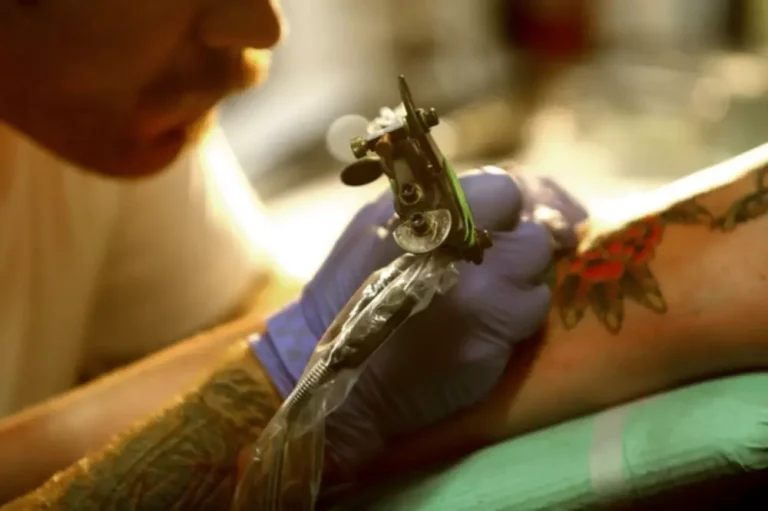
It’s not often talked about, but left untreated, alcohol use disorder can be a fatal disease. In fact, it contributes to about 88,000 deaths annually in the U.S., making alcohol the third leading preventable cause of death in the United States. If your pattern of drinking results in repeated significant distress and problems functioning in your daily life, you likely have alcohol use disorder. However, even a mild disorder can escalate and lead to serious problems, so early treatment is important. If you think a family member or loved one might be showing signs, signals or symptoms of alcoholism, know that it won’t “go away” on its own. Their brain is changing—and without help, there can be serious long-term consequences.

The Stages of AUD
Outpatient treatment is similar to inpatient programs, but clients get to live at home instead. There is still a structured environment, however, and outpatient programs offer medication-assisted treatment, individual therapy, and group therapy. People will also start to drink more, whether in quantity or frequency.
The End Stage of Alcoholism

Only about 5 percent of patients with alcohol withdrawal progress to DTs, but about 5 percent of these patients die. At this point, it’s obvious to those close to you that you’re struggling. You might miss work, forget to pick up the kids, become irritable, and notice physical signs of alcohol abuse (facial redness, weight stages of alcoholism gain or loss, sluggishness, stomach bloating). Support groups can be a highly effective form of help at this stage. When alcohol enters the bloodstream, one of the central impacts is slowing the rate of communication between nerve cells. The rate of communication returns to its typical levels once alcohol leaves the body.
- The liver gains fats and inflammation, eventually leading to liver scarring.
- Alcoholics may also display physical symptoms, such as yellow eyes or jaundice.
- Blackout episodes, where the individual does not remember what they’ve said or done while drinking, may occur.
- During the repair stage, taking care of yourself is paramount.
What are the 5 Stages of Alcoholism?
From addiction hotlines to support groups, from therapists to recovery coaches, there’s a wealth of resources out there. Don’t hesitate to https://ecosoberhouse.com/ reach out and ask for the support you need. Change takes time, and it’s normal to experience cravings, mood swings, and moments of doubt.
Stage #3: Problem drinking
It fluctuates, influenced by various factors including stress, social situations, and internal emotional states. The Stages of Change model, also known as the Transtheoretical Model, was developed in the late 1970s by James Prochaska and Carlo DiClemente. Initially created to understand how smokers quit their habit, it has since been applied to a wide range of behavioral changes, including addiction recovery. This model provides a framework for understanding how people modify a problem behavior or acquire a positive behavior.
- Only smoking, poor diet, and lack of physical activity kill more.
- These rationalizations serve as a protective shield, keeping the reality of addiction at bay.
- At this stage, it’s often clear to others around the individual that the person is starting to develop an alcohol use disorder.
- By Buddy TBuddy T is a writer and founding member of the Online Al-Anon Outreach Committee with decades of experience writing about alcoholism.
Medication-Assisted Therapy (MAT)

© Copyright 2024 AlcoholAwareness.org All Rights Reserved.

